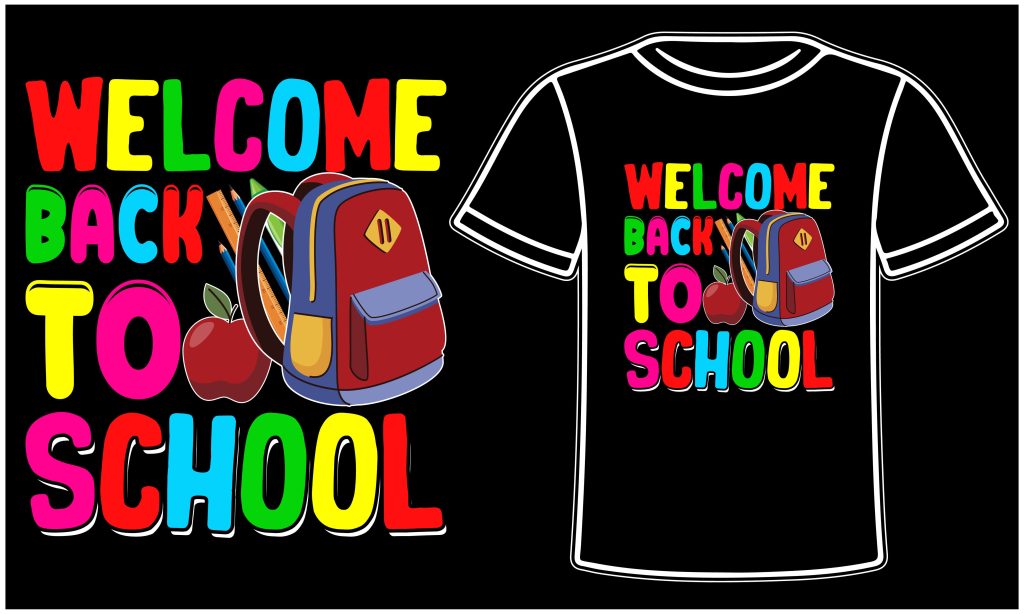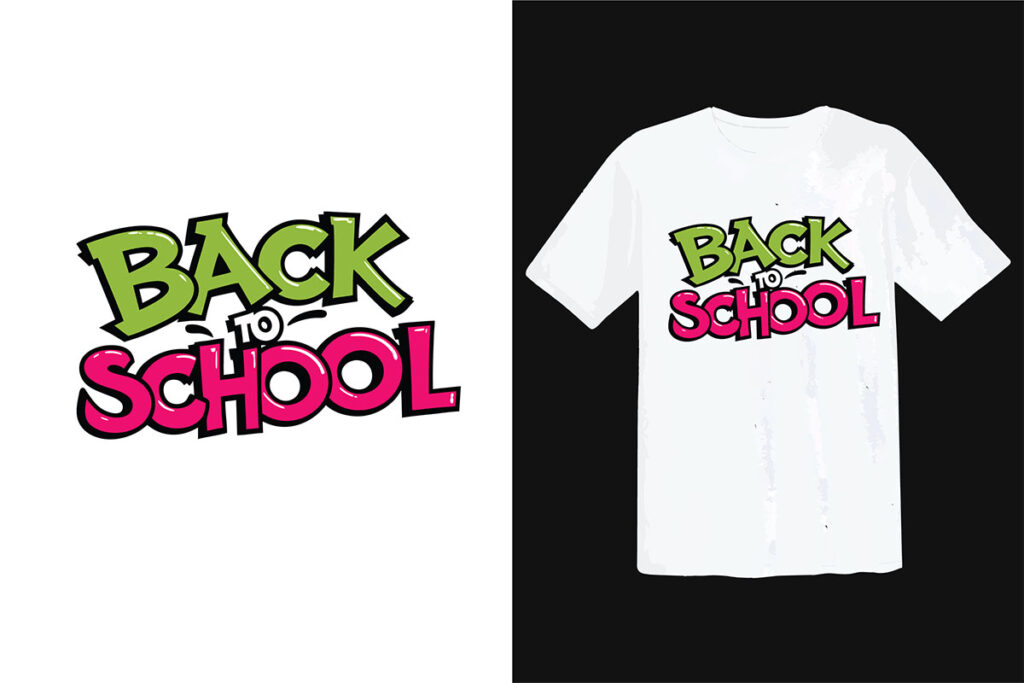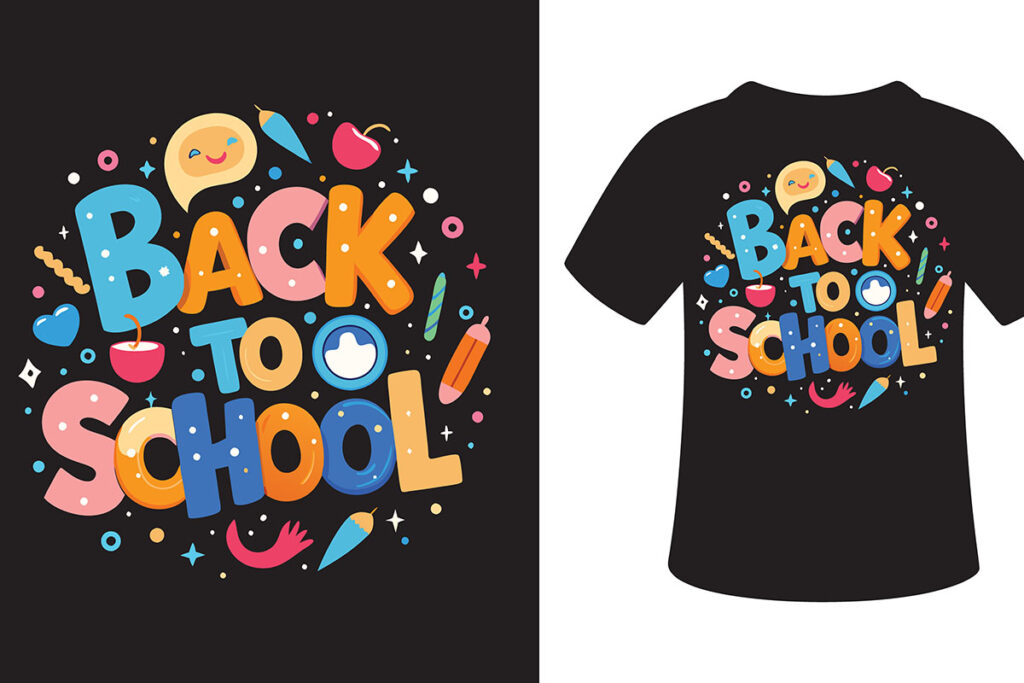DTF Gangsheet Optimization is essential for print service providers aiming to enhance their print quality in the competitive field of Direct to Film (DTF) printing. As this innovative printing technology continues to grow in popularity, mastering the intricacies of gangsheet layout can significantly impact the final product. By strategically arranging multiple designs on a single sheet, print operators can minimize waste while ensuring vibrant and detailed prints on garments. Effective color management plays a crucial role in this process, allowing for a broader spectrum of colors that elevate the overall design. In this article, we will explore expert tips and techniques to optimize DTF gangsheet performance, ultimately leading to stunning results that satisfy the demands of discerning customers.
When it comes to enhancing your print outputs, understanding the art of DTF sheet organization is key. This method involves effectively arranging prints on a singular film sheet, maximizing both material use and color fidelity. Optimizing this layout not only conserves resources but also ensures the sharpness of designs printed via the Direct to Film process. Special attention to color calibration and overall configuration can help achieve the brilliant, high-quality outputs that are desired in clothing production. Let’s dive into the best practices for refining your print strategies and improving print quality through effective gangsheet setup.
The Future of DTF Printing Technology
As technology continues to evolve, DTF printing stands at the forefront of innovation in the textile industry. With advancements in printing technology, the process of transferring designs onto fabrics has become more efficient than ever. This evolution not only enhances print quality but also streamlines the production process, enabling print service providers to meet the growing demands of the market. Furthermore, the integration of automated software solutions and robotics has reduced human error, allowing for precision and consistency in each print job.
In addition to improving printing speed, modern DTF printers come equipped with advanced features such as dual ink systems and higher resolution capabilities. These enhancements foster the ability to produce complex designs with intricate colors and fine details, thus offering a competitive edge. As more print businesses adopt these technologies, the standard for quality continues to rise, pushing the industry to explore new avenues for creativity and product offerings.
Maximizing Print Quality with DTF Gangsheet Optimization
DTF gangsheet optimization plays a crucial role in maximizing print quality and efficiency in direct-to-film printing. By carefully designing the gangsheet layout, printers can not only reduce waste but also achieve superior color and detail reproduction. An efficient gangsheet layout allows for the accommodation of multiple designs in a single print run, ultimately lowering production costs while enhancing overall print quality. Print service providers often utilize specialized software tools to create layouts that minimize overlapping and ensure optimal spacing between designs.
Moreover, optimizing the gangsheet involves understanding how ink transfer works and how to manage heat application effectively. By ensuring the correct spacing, operators can prevent potential issues such as ink bleeding or poor adhesion, which can compromise the final product’s quality. Continuous experimentation and adjustment of gangsheet layouts based on customer feedback or design complexity are essential to maintaining high standards and customer satisfaction.
Key Elements of Effective Color Management in DTF Printing
Effective color management is fundamental to achieving high-quality results in DTF printing. It involves a series of processes designed to maintain color integrity from the original design phase to the final print on fabric. By utilizing dedicated color profiles for different substrates and inks, print service providers can ensure that the colors produced on the DTF film closely match the intended vision of the design. This meticulous approach helps to avoid common pitfalls such as color shifts, inaccuracies, and undesired hues, ultimately resulting in a more polished and professional final product.
Moreover, calibration of DTF printers should be a regular part of the print service provider’s routine to maintain consistency. This includes adjusting the printer settings, testing color output, and fine-tuning profiles based on variations in materials or environmental conditions. A robust color management strategy not only enhances print quality but also builds trust with clients, as they can reliably expect their designs to manifest accurately on their chosen garments.
The Role of Software in DTF Gangsheet Design
In the realm of DTF printing, specialized software plays a pivotal role in creating optimized gangsheet layouts. These tools allow designers to easily manipulate vector graphics and arrange multiple designs on a single sheet efficiently. Many software options offer features such as automated layout suggestions and real-time previews, which enhance the workflow and help avoid costly mistakes. By utilizing powerful design software, print service providers can achieve a level of precision that would be challenging to accomplish manually.
Additionally, advanced software solutions also enable better color management capabilities, offering built-in tools for profiling, grading, and color adjustment. These functions help ensure that designs are not only visually vibrant but also print-ready. Integrating such software into the workflow enhances productivity and ensures that print quality remains consistent, thus supporting sustainability efforts through waste reduction.
Understanding Gangsheets: A Crucial Component of DTF Printing
Gangsheets play an integral role in the DTF printing process, as they allow multiple designs to be printed together on a single sheet of film. This not only optimizes material use but also makes the printing process more efficient. By carefully strategizing the arrangement of designs, printers can maximize their output and minimize time spent on production. A well-organized gangsheet layout is essential for balancing the demands of quality and efficiency.
Furthermore, the proper understanding of gangsheets involves considering printing specifications such as print resolution, humidity, and temperature, all of which can affect the final result. As fabric types vary, tailoring the gangsheet layout to each specific job becomes key. Keeping these variables in mind ensures that the final prints achieve the expected durability and vibrancy, making the investment in gangsheet planning worthwhile for print providers.
Tips for Improving DTF Print Quality and Efficiency
Improving DTF print quality and efficiency requires a multi-faceted approach that encompasses several key strategies. First and foremost, investing in high-quality DTF printing equipment and inks is paramount. Quality inks can significantly impact the color vibrancy and durability of the prints, ensuring that the final products exceed customer expectations. Additionally, regular maintenance of printing equipment can prevent malfunctions that might disrupt production or compromise print quality.
Another critical factor is the training and expertise of the print operators. Providing thorough training on the DTF printing process, color management, and gangsheet optimization techniques can empower operators to make informed decisions that directly enhance print outcomes. By fostering an atmosphere of continuous learning and adaptation, businesses can remain competitive and responsive to the evolving demands of the industry.
Frequently Asked Questions
What is DTF gangsheet optimization and why is it important for print quality?
DTF gangsheet optimization refers to the strategic arrangement and design of multiple graphics on a single sheet of Direct to Film (DTF) printing material. This optimization is crucial for enhancing print quality as it minimizes waste, maximizes usable space, and ensures appropriate heat transfer, preventing design overlapping that can compromise print clarity and vibrancy.
How can I improve print quality in DTF printing through gangsheet layout?
Improving print quality in DTF printing starts with an effective gangsheet layout. By using professional design software, you can create a layout that reduces empty spaces and organizes designs efficiently. This ensures maximum print area utilization and provides adequate heat transfer space, preventing quality issues like smudging or blending.
What role does color management play in DTF gangsheet optimization?
Color management is vital in DTF gangsheet optimization as it ensures color accuracy throughout the printing process. By calibrating your DTF printer with specific color profiles, the colors printed on the film align closely with the intended output. This accuracy is essential for producing vibrant and true-to-life designs after the heat transfer.
What techniques can be used for effective DTF gangsheet builder optimization?
Effective techniques for optimizing a DTF gangsheet builder include careful layout planning, utilizing design software for precision, managing colors accurately, and ensuring optimal spacing between designs. These strategies enhance print quality by maximizing area use while maintaining clarity and color integrity in the final product.
What are common mistakes in DTF printing related to gangsheet optimization?
Common mistakes in DTF printing related to gangsheet optimization include improper layout that wastes material, neglecting color calibration leading to mismatched print colors, and insufficient spacing between designs which can cause overlaps. Avoiding these errors is essential for achieving high print quality and efficiency.
How does the choice of printing technology affect DTF gangsheet optimization?
The choice of printing technology significantly affects DTF gangsheet optimization. Different printers may have unique capabilities and limitations in terms of print resolution, color management, and material compatibility. Selecting the right technology that aligns with your optimization goals is key to achieving superior print quality and efficient gangsheet layouts.
| Key Point | Details |
|---|---|
| Understanding DTF Printing | DTF printing uses specialized film to transfer high-resolution designs onto fabrics, making it suitable for vibrant artworks. |
| Importance of Gangsheets | Gangsheets are layouts of multiple designs on a single DTF film, and their optimization is crucial for material efficiency and print quality. |
| Layout Design | Utilize professional software for layout design to minimize empty spaces and ensure proper heat transfer around designs. |
| Color Management | Calibrate DTF printers with accurate color profiles to ensure printed colors match the desired output post heat transfer. |
Summary
DTF Gangsheet Optimization is essential for achieving superior print quality in DTF printing. This process not only maximizes material utilization but ensures that intricate designs are rendered with vibrant accuracy. By focusing on effective layout design and meticulous color management, printers can significantly enhance their output quality, making DTF an even more attractive choice for print service providers. Proper gangsheet optimization leads to a more efficient workflow and a final product that meets the high expectations of today’s fashion and merchandising markets.



